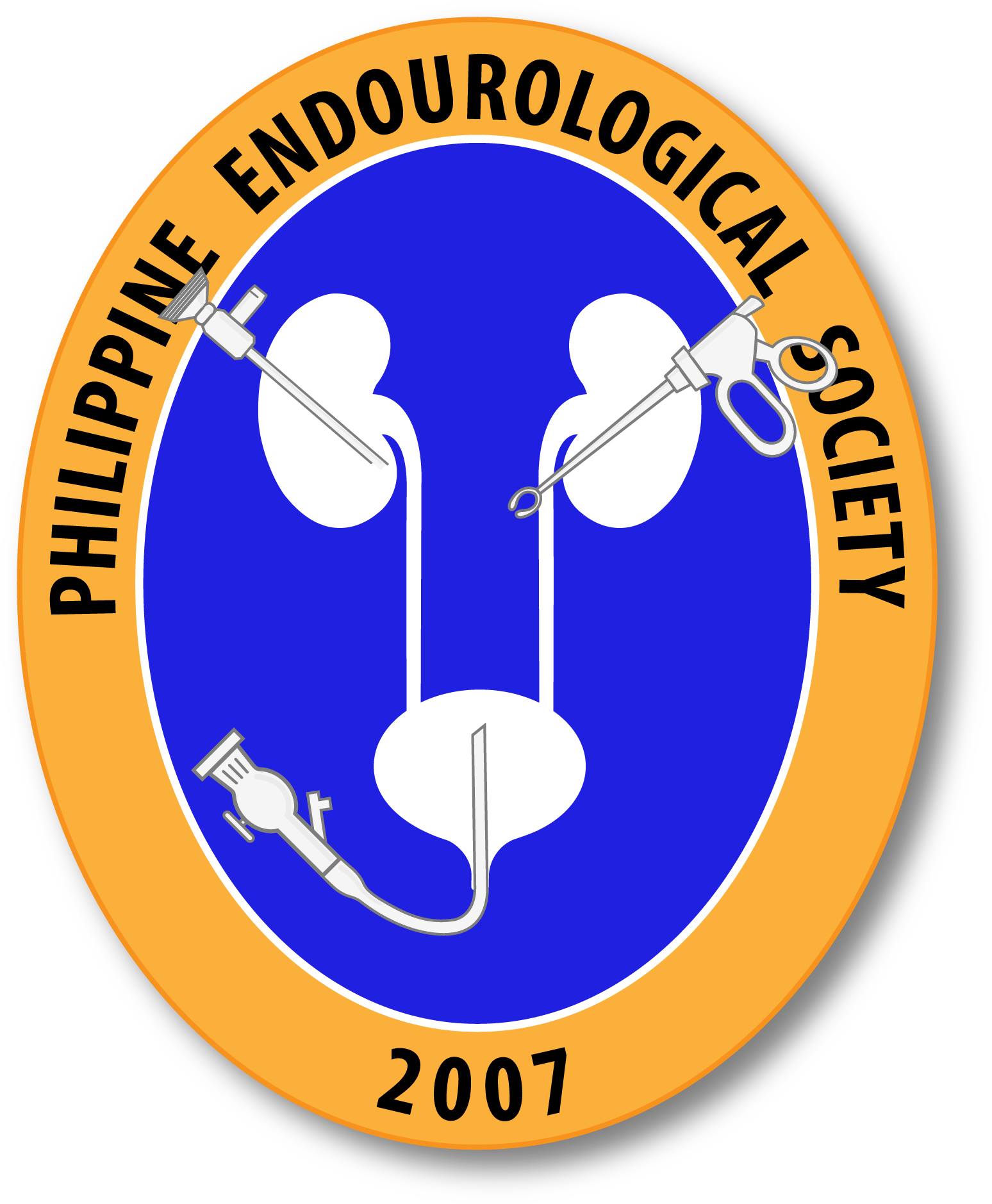A transurethral resection of bladder tumour (TURBT), followed by neoadjuvant chemotherapy (NAC) and radical cystectomy (RC) is a standard-of-care therapy for muscle-invasive bladder cancer (MIBC). It is becoming increasingly apparent that systemic therapy, such as immune therapy or chemotherapy, can also induce gross changes in the biological character of a patient tumor.1-3 However, in this study we have provided evidence suggesting that the TURBT procedure can impact the tumor biology by itself. As TURBT is a surgical procedure, tissue damage occurs not only to the tumor but also to the surrounding bladder wall which can elicit a wound healing response in both host and tumor tissue.4 The nature of the tissue replenishing the wound site is likely to be some combination of scar, normal bladder, and tumor tissue.
